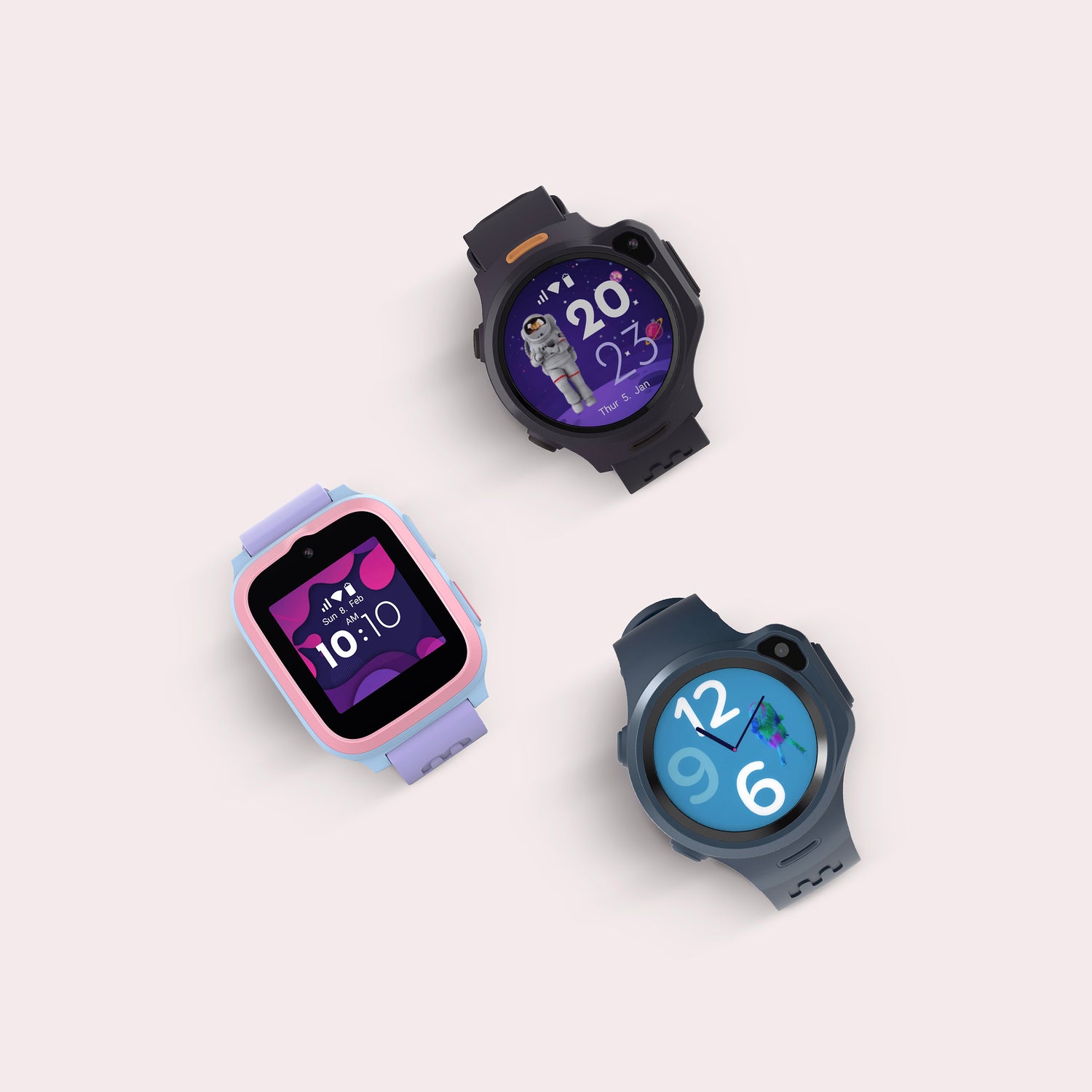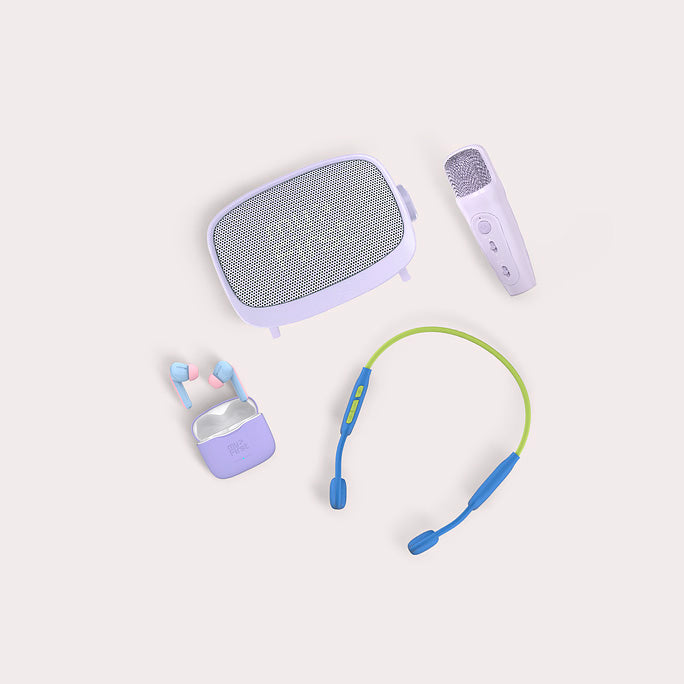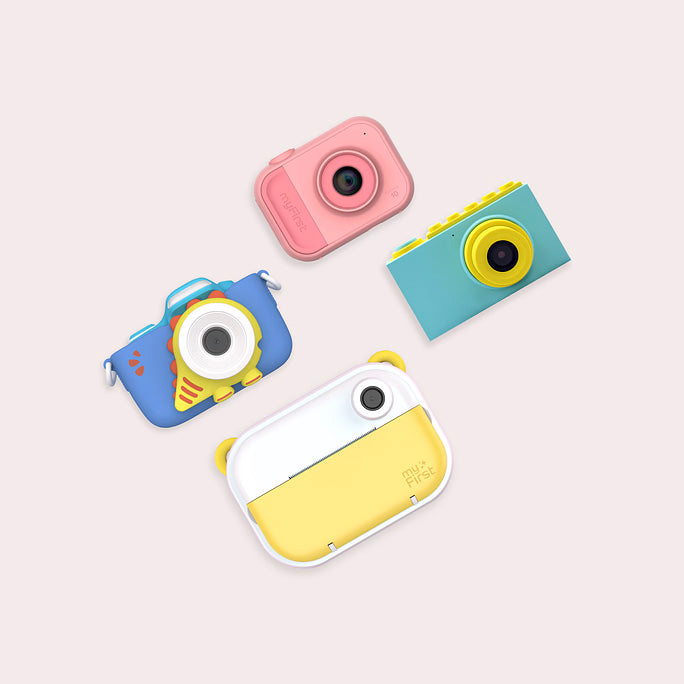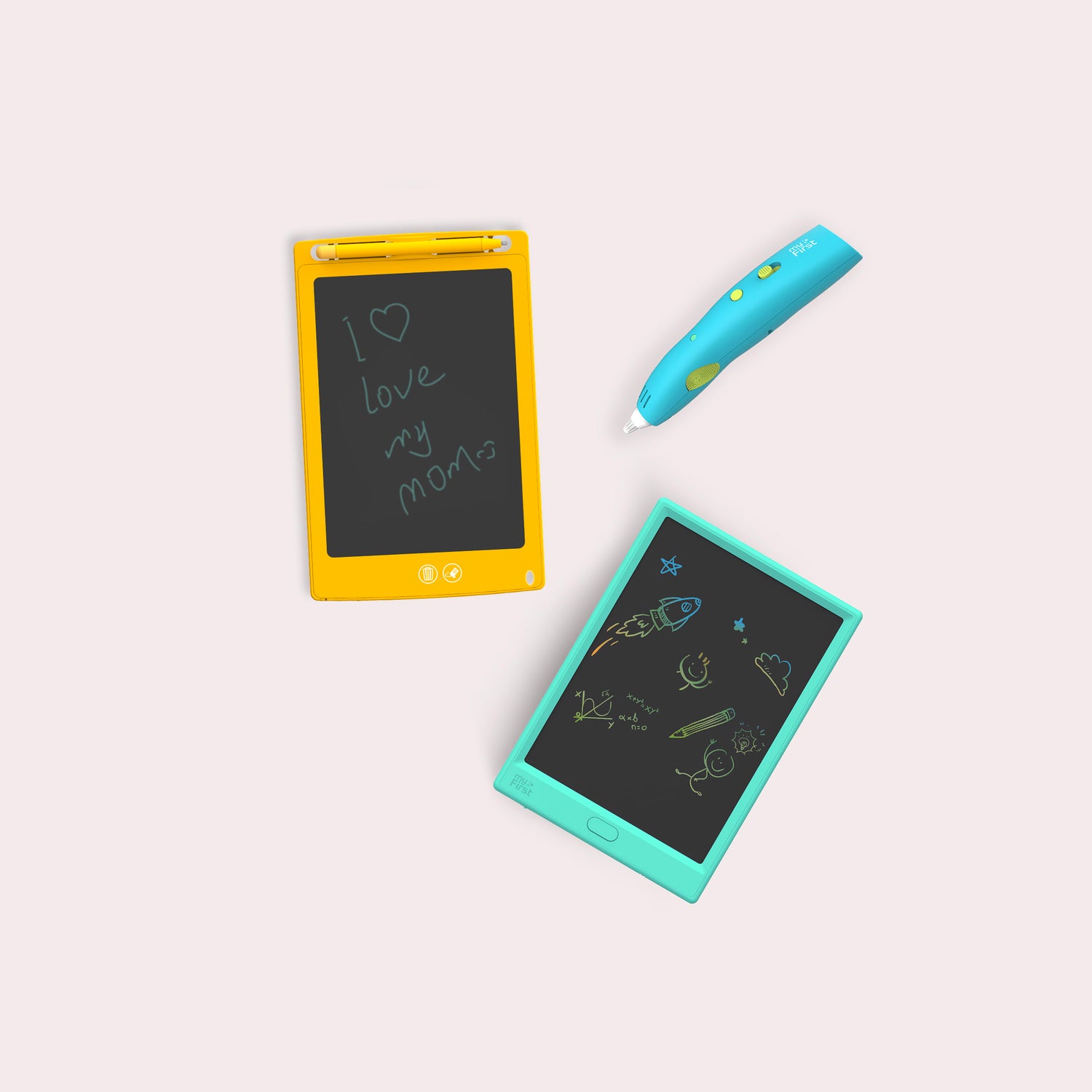Do 3D Pens Really Work? An In-Depth Look
In the evolving world of technology, 3D printing has made significant strides, becoming a cornerstone in various industries, from manufacturing to healthcare. Amidst this revolution, 3D pens have emerged as a popular and accessible tool for both professionals and hobbyists alike. But the question remains: Do 3D pens really work? This blog post will explore the functionality, practicality, and limitations of 3D pens, providing a comprehensive overview for anyone considering venturing into the world of 3D doodling.
What Are 3D Pens?
A 3D pen is a handheld device that allows users to create three-dimensional objects by extruding heated plastic that cools and solidifies almost instantly. Unlike traditional 3D printers, which require complex software and hardware, 3D pens offer a more intuitive and direct way to create 3D models. They are essentially the next step up from a hot glue gun, with the added advantage of being able to manipulate the material in three dimensions.
How Do 3D Pens Work?
To understand how 3D pens work, it's essential to break down their basic components and functionality:
- Filament Feed: The pen uses a plastic filament, typically made of PLA or ABS, which is fed into the device either manually or automatically.
- Heating Element: The filament passes through a heating element that melts the plastic.
- Extrusion Nozzle: The melted plastic is then extruded through a nozzle at the pen's tip, allowing the user to draw in mid-air or on a surface.
- Cooling Mechanism: As the plastic exits the nozzle, it cools and hardens almost instantly, creating a stable structure.
Do 3D Pens Really Work?
The straightforward answer is yes, 3D pens do work, but their effectiveness depends on several factors, including the quality of the pen, the type of filament used, and the skill level of the user. Let’s delve deeper into these aspects:
Quality of the Pen
Not all 3D pens are created equal. High-quality pens offer better control over temperature and extrusion speed, which are crucial for creating precise and intricate designs. Lower-end models might be more prone to clogging, uneven extrusion, or inconsistent heating, which can affect the final output. Users should look for pens with adjustable settings, ergonomic designs, and reliable customer reviews to ensure they are getting a product that performs well.
Type of Filament
The type of filament used can significantly impact the pen's performance. PLA (Polylactic Acid) and ABS (Acrylonitrile Butadiene Styrene) are the most common filaments. PLA is easier to work with and is biodegradable, making it a popular choice for beginners. ABS, on the other hand, is more durable and flexible but requires higher temperatures and better ventilation due to the fumes it emits during melting.
User Skill Level
Like any tool, the effectiveness of a 3D pen is greatly influenced by the user’s skill level. Beginners might find it challenging to create precise models initially, but with practice, they can achieve impressive results. There are numerous tutorials and guides available online to help users improve their technique and expand their creative possibilities.
Practical Applications of 3D Pens
3D pens are versatile tools that can be used in various applications, including:
- Art and Craft: Artists and hobbyists use 3D pens to create sculptures, jewelry, and decorative items. The ability to draw in three dimensions allows for unique and intricate designs that are not possible with traditional art supplies.
- Prototyping: Inventors and engineers use 3D pens for quick prototyping and model-making. This can be especially useful in the early stages of design when changes are frequent and rapid iterations are needed.
- Education: 3D pens are increasingly being used in educational settings to teach students about geometry, physics, and design. They offer a hands-on learning experience that can enhance understanding and retention of complex concepts.
- Repair: 3D pens can also be used for repairing broken plastic items or filling gaps in 3D printed models. This practical application makes them a handy tool for DIY enthusiasts andprofessionals alike.
- Science: 3D pens have been doing some pretty cool things recently like fabricating electrochemical sensors.
Advantages of 3D Pens
- Ease of Use: Compared to traditional 3D printers, 3D pens are much easier to use and require no special software or technical knowledge.
- Portability: Most 3D pens are lightweight and portable, making them convenient for on-the-go creativity.
- Instant Gratification: Users can see their creations take shape in real-time, providing immediate feedback and satisfaction.
- Cost-Effective: 3D pens are generally more affordable than 3D printers, making them an accessible entry point for those interested in 3D modeling.
Limitations of 3D Pens
While 3D pens have many advantages, they also come with certain limitations:
- Precision: Creating highly detailed or intricate models can be challenging due to the manual nature of the pen.
- Speed: Drawing with a 3D pen can be slow, especially for larger projects.
- Durability: The structures created with 3D pens may not be as durable as those made with traditional 3D printers, particularly if they are thin or intricately detailed.
- Learning Curve: While easier to use than 3D printers, there is still a learning curve, and achieving professional-quality results takes practice.
Tips for Using a 3D Pen
To get the most out of a 3D pen, consider the following tips:
- Start with Simple Projects: Begin with basic shapes and gradually work your way up to more complex designs.
- Use Templates: Many 3D pen users find it it helpful to use stencils or templates to guide their creations.
- Practice Temperature Control: Experiment with different temperature settings to find the optimal conditions for the filament you are using.
- Maintain Your Pen: Regularly clean the nozzle and follow the manufacturer’s maintenance guidelines to prevent clogs and ensure smooth operation.
Why Buy a 3D Pen at myFirst Tech?
When you buy a 3D pen from MyFirst Tech, you're choosing a high-quality, user-friendly product that's perfect for both kids and adults. Our pens are designed with safety in mind, using lower temperature melting PCL filaments instead of PLA, making them safer and easier to handle for young users. They encourage creativity and learning, offering a versatile tool for art, prototyping, and repairs. With competitive pricing, excellent customer support, and aa plethora of positive reviews, myFirst Tech ensures all your kids have a positive experience with tech and art.
Sources
- All3DP - Comprehensive guides and reviews on 3D printing and 3D pens, providing in-depth information on the latest products and technologies. (https://all3dp.com/)
- 3D Insider - A reliable source for news, reviews, and insights on 3D printing, including detailed articles on the use and functionality of 3D pens. (https://3dinsider.com/)
- Make: - A magazine and online resource for DIY enthusiasts, offering tutorials, project ideas, and reviews related to 3D pens and other maker tools. (https://makezine.com/)








